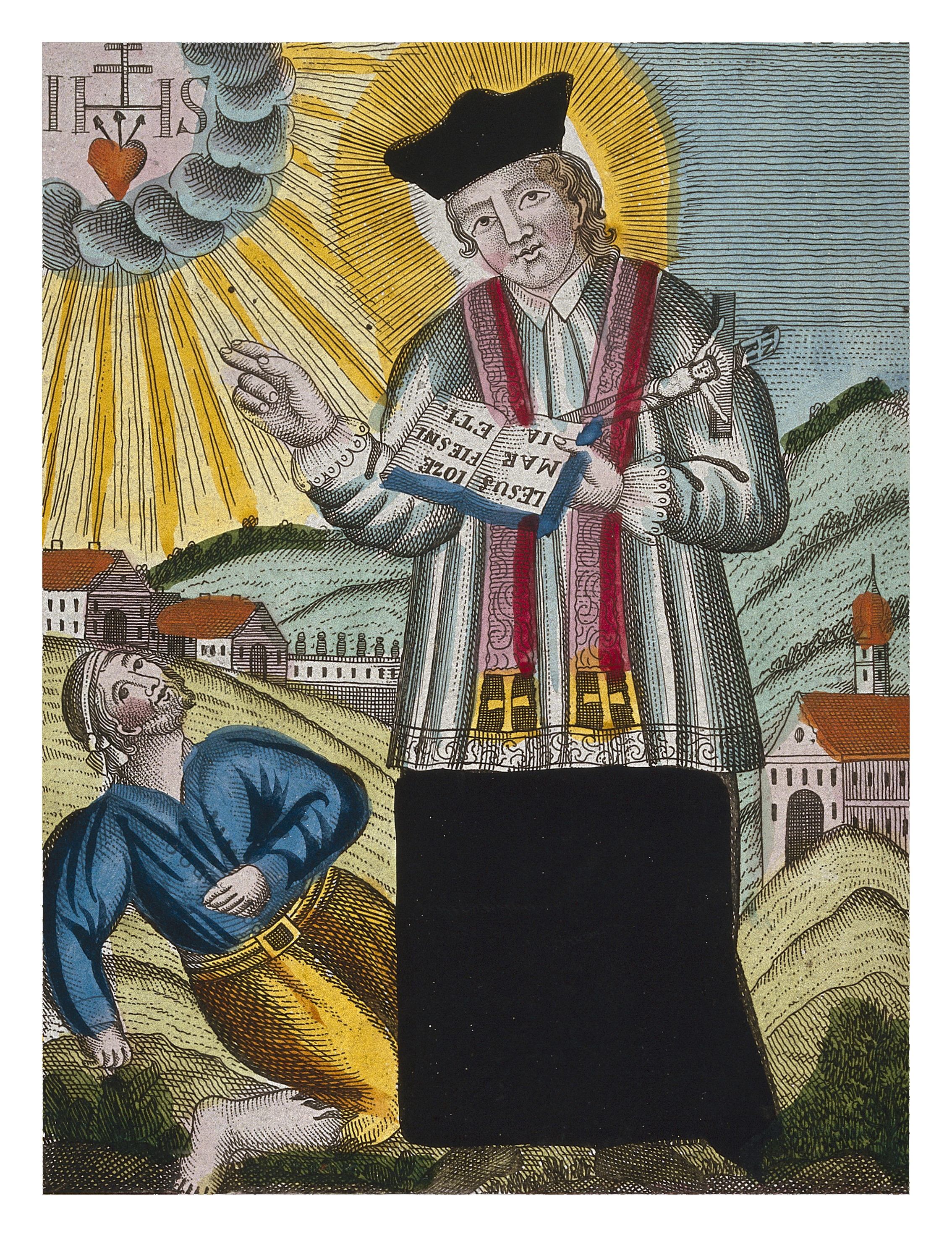- Home
- Our Community
- Our Faith
-
Parish Life
- Living Your Faith
- Ways to Support the Parish
- Calendar of Events
- Parish Calendar of Events
- News Archive
- Mass Cards
- Stewardship
- Music Ministries
- Family Life Ministry
- Jubilee 2025
- FORMED
- OLS 85th Anniversary Celebration
- Five Types of Prayers
- OLS History
- 2026 OLS Fundraising Gala Dinner
- Celebrating Advent & Christmas at OLS
- SSVDP Christmas fund
- Sacramental Celebrations
- Bulletin
- Contact Us
- Search

The Christian Origins of St. Valentine’s Day
Dr. Cynthia Cameron is Assistant Professor of Religious Education and the Patrick and Barbara Keenan Chair in Religious Education at the Faculty of Theology. Below, she shares a snapshot of the religious beginnings of Valentine’s Day.
1. What are the Christian roots of St. Valentine’s Day?

The feast of St. Valentine is rooted in the very beginnings of the Christian Church. The hagiographies are filled with legends and stories, but by the sixth century, St. Valentine appears in the Martyrologium Hieronyianum (one of the oldest lists of early Christian martyrs). So, there is historical evidence that these stories are rooted in a real man who lived and died in the third century. Because St. Valentine was martyred on February 14, his feast has been celebrated by the Church in the West on that day for hundreds of years. The Basilica of Santa Maria in Cosmedin in Rome displays the skull of St. Valentine crowned with flowers; many people in search of love also visit the relics of St. Valentine at Whitefriar Street Carmelite Church in Dublin.
2. Were there multiple St. Valentines?
There are, in fact, many saints who carry some version of the name Valentine. The name Valentinus was derived from the Latin valens, meaning strong or worthy, so it and its feminine form, Valentina, were popular names. Including our St. Valentine, there are at least twelve saints with this name.
3. How did St. Valentine show his love for the Lord?
The St. Valentine after whom Valentine’s Day is named was a third-century martyr. The most common legend is that he was a priest or bishop and that he healed a blind girl. While in Rome he was arrested for evangelizing. The Emperor Claudius took a liking to him, but Valentine tried to convert him to Christianity, so Claudius had him killed. Another legend has Valentine arrested for providing care for Christians and/or marrying Christian couples. In any case, the story of St. Valentine emphasizes the faith of the martyr. Many of the other saints named Valentine were also martyrs, including Blessed Valentin Jaunzarás Gómez, who died in 1936.
4. What is the connection between the celebration of St. Valentine’s Day as we know it and the historical St. Valentine?
The story that St. Valentine was martyred for performing marriages for Christian couples is one of the connections between this saint and our modern St. Valentine’s Day. But it was in the Middle Ages that the connection between the Feast of St. Valentine and the idea of courtly love was forged, largely through the influence of Geoffrey Chaucer’s poem Parlement of the Foules. Our modern-day celebrations developed out of this tradition, but chocolate, heart-shaped cards, and roses are not directly connected with this ancient martyr. Still, any celebration of love is good, since God is love (I John 4:8).
